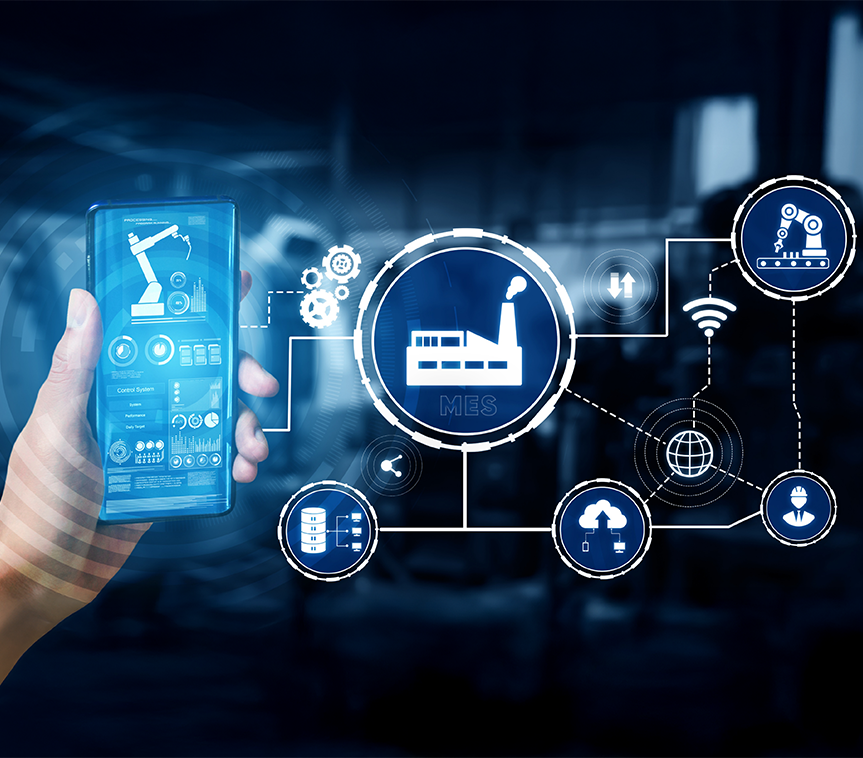
This module, which enables all devices in the production line to be managed via a single digital platform, from machines to sensors, from PLC systems to SCADA infrastructures, forms the basis of transparency and automation in production processes. Thanks to real-time data flow, the status of all equipment can be monitored instantly, and action can be taken in advance against possible failures.
The module not only collects data, but also analyzes the performance of devices, predicts maintenance needs, and provides an optimized infrastructure to increase energy efficiency. It integrates with IoT, OPC-UA, and similar communication protocols, ensuring compatibility with existing systems and paving the way for future digitalization strategies.
